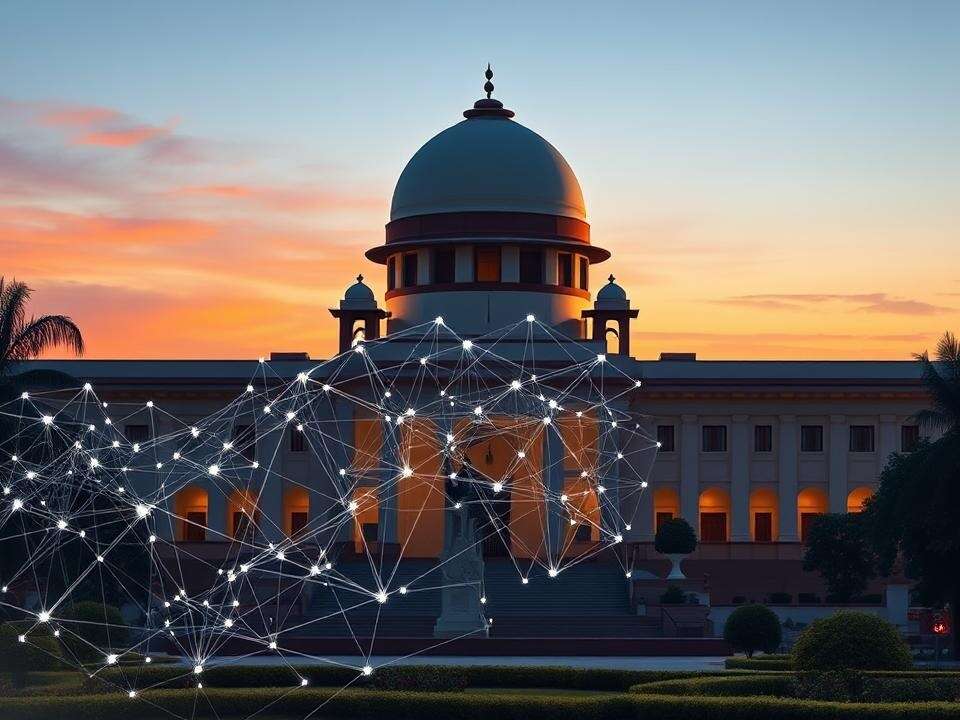
As technology becomes ever more deeply woven into the fabric of daily life, societies confront a defining challenge of the 21st century: how to harness innovation for progress while safeguarding public welfare, ethical standards, and sustainability.
The techno-legal approach—an integrated framework that fuses technological solutions with adaptive laws and regulatory mechanisms—has emerged as a powerful paradigm for meeting this challenge. From tackling digital addiction and financial risk to building resilient cities, techno-legal systems provide actionable pathways for aligning innovation with responsibility.
The Foundations of the Techno-Legal Approach
At its core, the techno-legal approach embeds legal, ethical, and compliance principles into the design, deployment, and governance of technology itself. This integration rests on three critical insights. Innovation without guardrails can lead to harm: unchecked technological growth risks privacy breaches, behavioural manipulation, environmental degradation, and systemic instability.
On the other hand, excessive regulation suffocates innovation: outdated or heavy-handed frameworks can stifle creativity, deter investment, and slow social progress. Most importantly, trust is the currency of modern technology, and public confidence can only be sustained when systems visibly uphold legal accountability and ethical design.
The strength of the techno-legal model lies in its capacity to combine adaptive regulation, ethical-by-design technology, and collaborative governance involving technologists, regulators, and citizens.
The Digital Dilemma: Managing Human Behaviour
Digital platforms are designed to maximise engagement through instant rewards—one-click purchases, infinite scroll, and algorithmic nudges. These features drive convenience but often fuel compulsive use, undermining self-control and mental health. A techno-legal framework can recalibrate this balance.
Regulatory mandates for screen-time defaults, delayed notifications, and “cooling-off” breaks in high-risk apps such as gaming or microtransactions can reduce impulsive behaviour. Mandating algorithmic transparency and compelling companies to disclose engagement-maximising tactics empowers users with genuine choice.
Beyond regulation, public capacity must also be strengthened. Digital literacy programmes in schools and workplaces can build behavioural resilience, equipping individuals to resist manipulative design and fostering healthier patterns of digital interaction.
Financial Well-Being: Tackling the BNPL Surge
India’s rapid adoption of Buy Now, Pay Later (BNPL) services and zero-interest EMIs reflects financial innovation but also raises serious concerns about over-borrowing, missed payments, and mounting unsecured debt.
A techno-legal strategy can enforce borrower protection through real-time credit checks, income-linked lending limits, and standardised disclosure norms that clarify repayment obligations. Behavioural nudges, such as alerts on cumulative debt exposure, can prompt more informed borrowing decisions.
Cooling-off periods before credit activation reduce impulsive borrowing. AI-powered reminders and early-warning systems can help prevent defaults, while digital dispute resolution platforms provide fast and accessible redress. Together, these measures build a healthier credit ecosystem that fosters financial inclusion without deepening debt traps.
Urban Resilience: Floods, Transport, and Pollution
Rapid urbanisation and climate volatility have left Indian cities increasingly vulnerable to floods, congestion, and pollution. Techno-legal frameworks can help mitigate these challenges.
Flood risk, for example, can be addressed by mandating IoT-based monitoring, GIS mapping, and digital-twin simulations to anticipate disasters and guide sustainable infrastructure planning. Zoning laws must be strictly enforced to prevent encroachment on floodplains, and digital compliance tools can strengthen accountability.
Urban mobility also requires reform. Tech-driven traffic systems such as smart signalling, automated tolling, and route optimisation can be legally mandated to reduce congestion. Land-use regulation that encourages transit-oriented development and mixed-use neighbourhoods can further reinforce sustainable transport.
Pollution control, too, demands techno-legal rigour: automated emission checks, remote sensing of vehicle exhaust, and real-time air quality disclosure ensure accountability, while strict oversight compels municipal authorities to act. The convergence of law and technology thus enables safer, cleaner, and more resilient cities.
Bridging Gaps through AI-Enabled Governance
The rollout of techno-legal frameworks often falters because of institutional inertia, fragmented regulation, and technical limitations. Artificial Intelligence can help overcome these barriers. Adaptive learning platforms facilitate smoother transitions to digital regulation, while cloud-based AI tools democratise access to governance solutions.
Privacy-preserving AI models allow threat detection without compromising sensitive data. Perhaps most significantly, AI-driven auditing can ensure real-time monitoring of compliance and flag emerging risks before they spiral into crises. In this way, AI functions not merely as a tool but as a force multiplier for techno-legal governance.
From Restriction to Responsibility
The techno-legal approach is not simply a set of tools; it is a philosophy of governance for the digital age. By embedding law, ethics, and accountability into the very architecture of technology, societies can build trust, foster resilience, and align innovation with the public good. Whether addressing compulsive screen use, curbing debt traps, or mitigating climate risks in cities, techno-legal frameworks provide credible and scalable solutions.
The task before governments, industries, and citizens is clear: innovation must not be curtailed, but channelled responsibly. The choice is not between progress and restriction, but between reckless innovation and responsible advancement. By embracing techno-legal systems, societies can ensure that technology serves as an engine of welfare rather than a source of vulnerability.
(The author is an IAS officer; Views expressed are personal)

